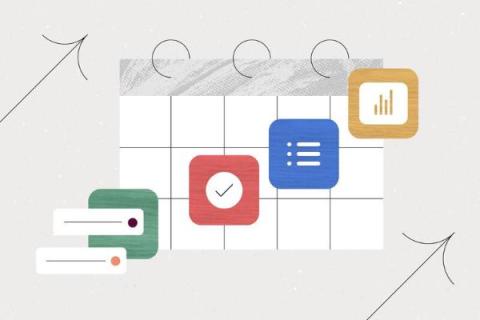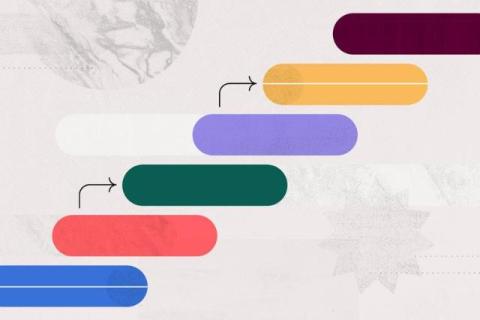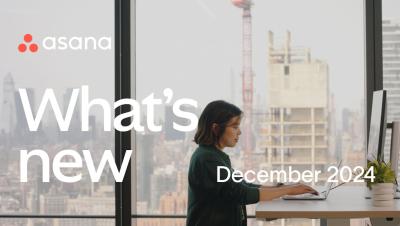Project management phases: 5 steps to improve your workflow
There are five key project management phases that can help streamline your next project and enable your team with an organized plan. These phases include initiation, planning, execution, performance, and closure. Project management is often misunderstood. While many professionals view it as managing project timelines, there is so much more to the job. Thankfully, we’ve put together an easy guide to understanding the five project management phases. Why are the five phases so important to know?











